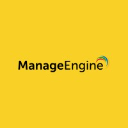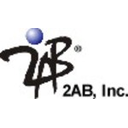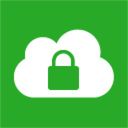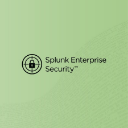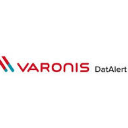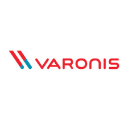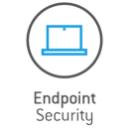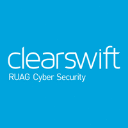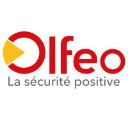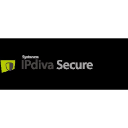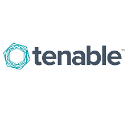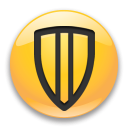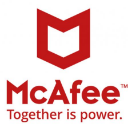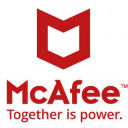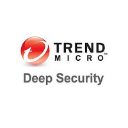Computer Security software: purchase guide
v
Computer Security Software in 2025: Safeguarding Digital Assets Across All Fronts
What Is Computer Security Software, Really?
Computer security software is the foundation of any cybersecurity strategy. In its broadest sense, it encompasses tools designed to detect, prevent, and respond to threats targeting endpoints, user credentials, and sensitive data. From traditional antivirus and firewalls to modern password managers and access control platforms, computer security software creates a layered defense system. In 2025, these solutions are more integrated, intelligent, and proactive than ever before. They monitor everything from user behavior to unauthorized access attempts, while offering administrators the controls they need to enforce policies and respond in real time. Whether deployed in personal environments or complex enterprise networks, computer security software is no longer optional — it's essential to maintaining digital trust and operational continuity.
Why Computer Security Software Is Essential in 2025
Cyber threats continue to evolve, with ransomware, phishing, credential stuffing, and insider threats becoming more sophisticated. With more people working remotely and more data moving between devices, clouds, and applications, the attack surface has grown dramatically. In this context, computer security software provides a critical line of defense. It helps businesses and individuals secure their systems proactively, flag suspicious activity, and ensure that only authorized users can access sensitive resources. Compliance frameworks such as GDPR, HIPAA, and ISO 27001 also require robust security controls — something only modern computer security tools can offer. In 2025, safeguarding digital infrastructure is not just about keeping hackers out; it’s about preserving business continuity, customer trust, and compliance posture.
How Computer Security Software Works Behind the Scenes
Modern computer security software operates through a combination of real-time scanning, behavioral analysis, data encryption, and access management. Antivirus engines scan files and applications for known malware signatures, while machine learning models detect anomalies that suggest zero-day threats. Firewalls monitor incoming and outgoing traffic to block unauthorized communications. Password management tools encrypt credentials and offer secure vaults for storage, while access control platforms enforce multi-factor authentication and user verification protocols. Many tools also include centralized dashboards for monitoring activity, managing alerts, and generating compliance-ready reports. Whether through endpoint agents or cloud-based consoles, today’s solutions are designed for seamless, automated protection across diverse IT environments.
Top Computer Security Software for 2025: Deep Dive Comparison
| Software |
Key Features |
Pricing |
Free Trial / Demo |
| EventLog Analyzer |
Log management software for analyzing security threats, network activity, and compliance. |
Pricing on request |
Free version, trial, and demo available |
| NordPass |
Secure password manager for storing credentials and sensitive data. |
Pricing on request |
Free version, trial, and demo available |
| Specops Password Policy |
Password policy enforcement software with customizable complexity and expiration controls. |
Pricing on request |
Free version, trial, and demo available |
| Merox |
Antivirus and firewall protection with real-time scanning and malware detection. |
Pricing on request |
Free version, trial, and demo available |
| iLock Security Services |
Malware detection, firewall, and encryption with centralized access control tools. |
Pricing on request |
Free version, trial, and demo available |
| XyLoc Security Server |
Access management platform with advanced computer protection features. |
Pricing on request |
Free version, trial, and demo available |
Best Practices for a Successful Computer Security Software Deployment
Start by assessing your current security posture: What threats are most likely to affect you? Where are your digital assets located? From there, select tools that offer layered protection and that can be integrated into your existing infrastructure. Ensure software is always up to date and configured with strong defaults. Apply role-based access controls and multi-factor authentication across all systems. Train employees and users on safe computing habits, recognizing phishing attempts, and using password managers. Regular audits, vulnerability assessments, and real-time alert monitoring should be part of ongoing operations. Consider centralizing your monitoring and policy enforcement for consistency and visibility across devices and networks.
Where Computer Security Software Is Heading in 2025: Key Trends
Computer security software in 2025 is moving toward greater automation, context awareness, and interoperability. AI-driven tools are taking over threat detection and response, reducing the burden on human analysts. Security is becoming more identity-centric, focusing on who is accessing what, rather than just where data resides. Unified endpoint management and Secure Access Service Edge (SASE) frameworks are merging IT operations and security in hybrid environments. Meanwhile, zero-trust architecture continues to drive policy enforcement, where no user or device is trusted by default. As cyber threats evolve, the future of computer security will be proactive, intelligent, and continuous — built not just to defend, but to adapt.
Digital Security Starts with Smart Software
In an increasingly digital world, securing devices and data is no longer a background task — it's a top priority. The right computer security software can make the difference between a contained threat and a full-blown crisis. Solutions like EventLog Analyzer, NordPass, Specops Password Policy, Merox, iLock Security Services, and XyLoc Security Server are leading the way in helping users and organizations protect what matters most. Whether you're an individual user or managing thousands of endpoints, investing in modern, adaptable, and robust security tools is essential to staying safe, compliant, and in control.
